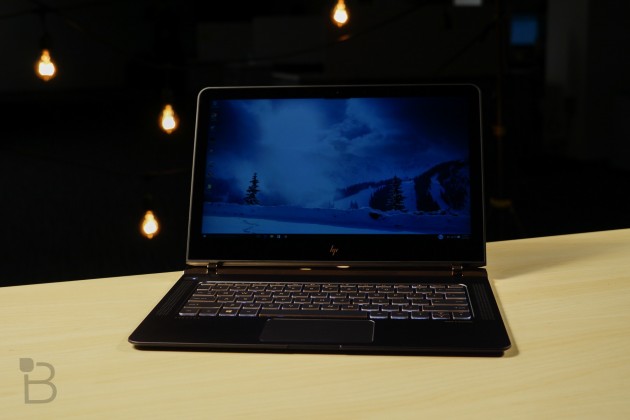It can be assumed most people here in the United States are happy getting 100Mbps in their internet service. Afterall, most areas in the country are capped at that amount, if not less. Heck, there is a 3Mbps plan offered by AT&T U-Verse that is just a slap in the face.
The dream of Google Fiber’s 1Gbps continues to elude us, but those speeds are whimpy compared to Nokia’s latest attempt to put out 52.2Gbps fiber in South Korea.
I’d be happy with 1Gbps speeds, but reaching over 50Gbps? That’s incomprehensible. How is this even possible and when can we get this in the US?
In order to achieve these kinds of speeds, Nokia teamed up with SK Broadband. Using multi-dwelling units (MDUs) by HFR and universal next generation passive optical network (PON) technology from Nokia, SK Broadband is able to use new technologies over the older fiber networks to combine for speeds that reach 52.2Gbps.
Essentially, SK Broadband is using three fiber solutions to reach these speeds: TWDM-PON (40Gbps symmetrical), XGS-PON (10Gbps symmetrical) and GPN (2.5Gbps symmetrical).
South Korea has been pushing innovation in gigabit internet for over a decade now. SK Broadband first introduced 2.5Gbps in 2006 and 10Gbps in 2014. Meanwhile, we’re still waiting for 1Gbps speeds in the US.
US internet speeds are sorely lacking
It’s impressive to see South Korea pushing the envelope of internet speeds to this extreme, but it’s also disappointing to see the US struggle to possibly get 1Gbps in the coming years. Most people don’t know how far behind we’ve fallen in this department, but the gap is glaring. And with the future of tech moving towards streaming 4K and VR content, these speeds are going to have to get better for the experience to be fully realized. 3Mbps speeds is not going to get it done.














